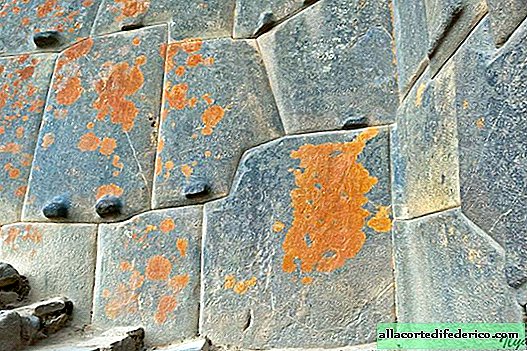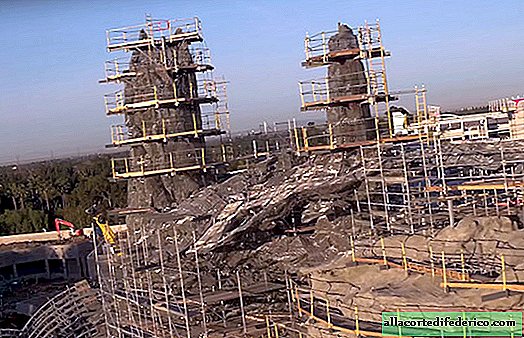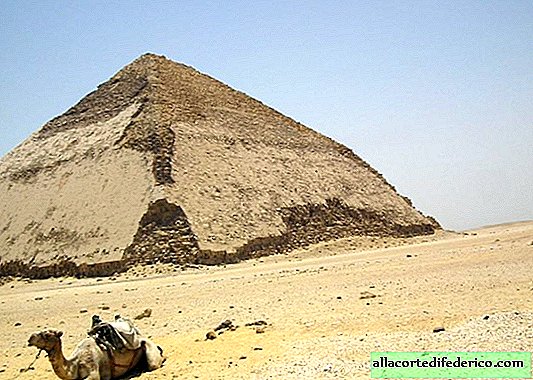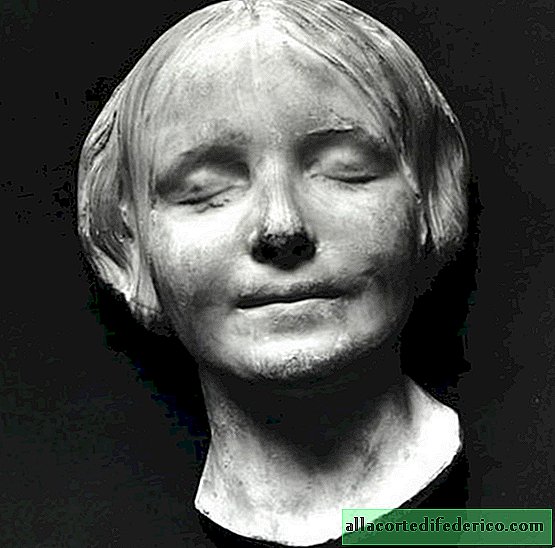Polygonal masonry of the ancients: fantastic walls over which time has no power
Some construction technologies of the ancient inhabitants of the planet still cause surprise, admiration and the ongoing debate of contemporaries. One of them is polygonal masonry, which is widespread in the ancient cities of South America. Despite the fact that official history ascribes these objects to Native American civilizations, a number of researchers doubt this not without reason.
 Polygon masonry example, Ollantaytambo, Peru
Polygon masonry example, Ollantaytambo, PeruPolygonal masonry is a special type of masonry in which the stone blocks have not regular geometric shapes, but arbitrary ones and at the same time are perfectly joined to each other. The stones adjoin each other very tightly, and even today, hundreds and thousands of years after the construction of these walls, even a razor blade cannot be inserted between them.
 The shape of the blocks, the safety of these walls and the quality of the joints are simply amazing
The shape of the blocks, the safety of these walls and the quality of the joints are simply amazingExamples of such buildings can be found in different parts of the world, but most of them in Peru, in the ancient Inca cities. Despite the fact that the Andes is a territory of increased seismicity, the foundations of buildings and fortress walls made in the technique of polygonal masonry are perfectly preserved here. At the same time, no one particularly monitors their condition, does not protect against atmospheric precipitation, and does not restore, as is often done with respect to other outstanding architectural monuments. But their faces are still perfectly adjacent to each other, and the strength of the masonry is not in doubt. They can be seen in Ollantaytambo, Tiwanaku, Machu Picchu and, of course, in Cuzco.
 Polygonal masonry in the historical part of Cusco is found at every step
Polygonal masonry in the historical part of Cusco is found at every stepCuzco was the capital of a powerful Inca empire, but even today, in its place there is a city that is very popular among tourists. Cuzco is very peculiar, thanks in large part to the numerous architectural monuments that have been preserved here since the Incas. In this ancient city and its environs there are many structures built using polygonal masonry, they are literally everywhere. In addition, in Cuzco there are quite modern buildings that are built on an ancient foundation, and it looks just amazing.
 One of the streets in the city of Cuzco
One of the streets in the city of CuzcoAccording to the official version, the ancient Indians cut down many-ton stone blocks in the rocks, and then transported them to the construction site. The blocks were of different sizes and arbitrary shapes, and already in place they were adjusted to fit each other so that there were tight joints between them. Well, over time, the ancient builders learned to carve stone blocks of the correct geometric shape, and the laborious technology of polygonal masonry gradually lost its popularity.
 Ollantaytambo, Peru
Ollantaytambo, PeruBut this version has a lot of critics. Skeptics point to the fact that next to high-quality polygonal masonry, you can often find coarser and not so accurate masonry, which, in their opinion, was built by the Incas. The Indians simply took advantage of the quality foundation that was made by the previous civilization. There are a lot of examples of such buildings, and there are even those where the signs of at least three different construction techniques are clearly visible.
 Such buildings can be seen in the city of Cuzco.
Such buildings can be seen in the city of Cuzco.  The difference in the masonry technique is visible to the naked eye
The difference in the masonry technique is visible to the naked eyeOther researchers believe that such an unusual masonry could be obtained using mortars, similar to concrete technology. That is, the ancient builders built these stones of arbitrary shape right on the spot, filling the next rows of blocks as the walls were built.
Some researchers went even further and suggested that such structures could be built during the existence of an unknown science of an ancient civilization that possessed unique technologies. Despite all efforts, no other traces of this outstanding civilization could be found, and the walls with polygonal masonry are in no hurry to part with their secrets.
As other examples of polygonal masonry, examples of buildings from the times of Ancient Greece or the Middle Ages are often given, but many of them are inferior in quality and skill to Peruvian masterpieces, which indicates a fundamentally different origin of these technologies.
 Delphi, a building from the time of ancient Greece. The polygonal masonry performed by the ancient Greeks is very different in quality from the buildings in the Andes, and between the joints grass has long been growing.
Delphi, a building from the time of ancient Greece. The polygonal masonry performed by the ancient Greeks is very different in quality from the buildings in the Andes, and between the joints grass has long been growing.But the buildings with polygonal masonry, located on the mysterious Easter Island, are quite comparable with the fortresses and temples of the ancient inhabitants of Peru and Bolivia.
 Polygon masonry example, Easter Island
Polygon masonry example, Easter IslandBe that as it may, interest in these structures is only growing, and the number of versions of their origin is multiplying with each new expedition. The official version of historians is clearly not enough to explain such a strange building style, so more and more incredible hypotheses continue to appear - from alien reason and giant people to civilizations of gods with laser cutting technology. Perhaps this mystery will be solved by modern instruments or the latest methods of analysis, which will finally give an answer to the question of how the ancient builders managed to build such high-quality walls from multi-ton blocks of an absolutely incredible shape.


















